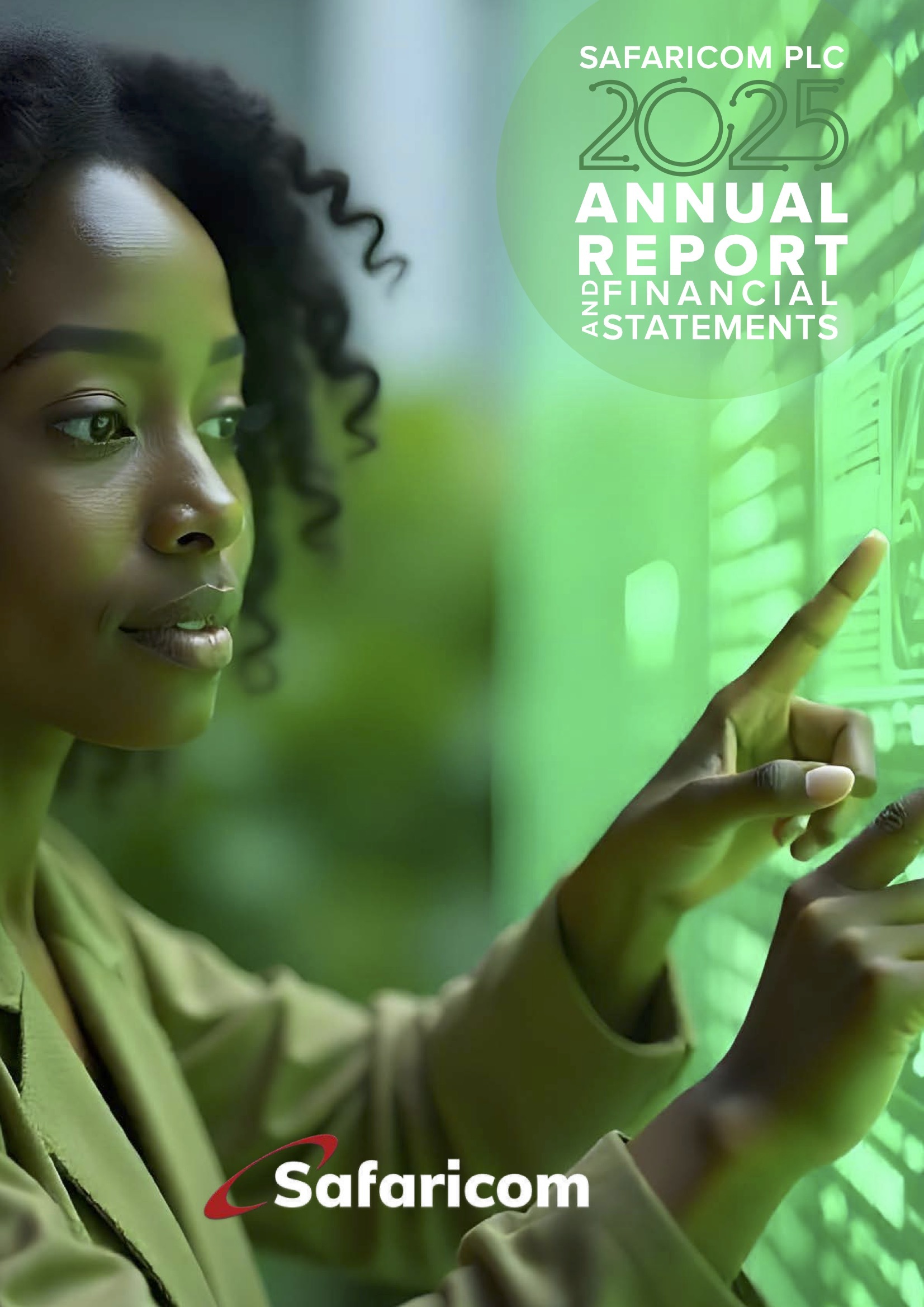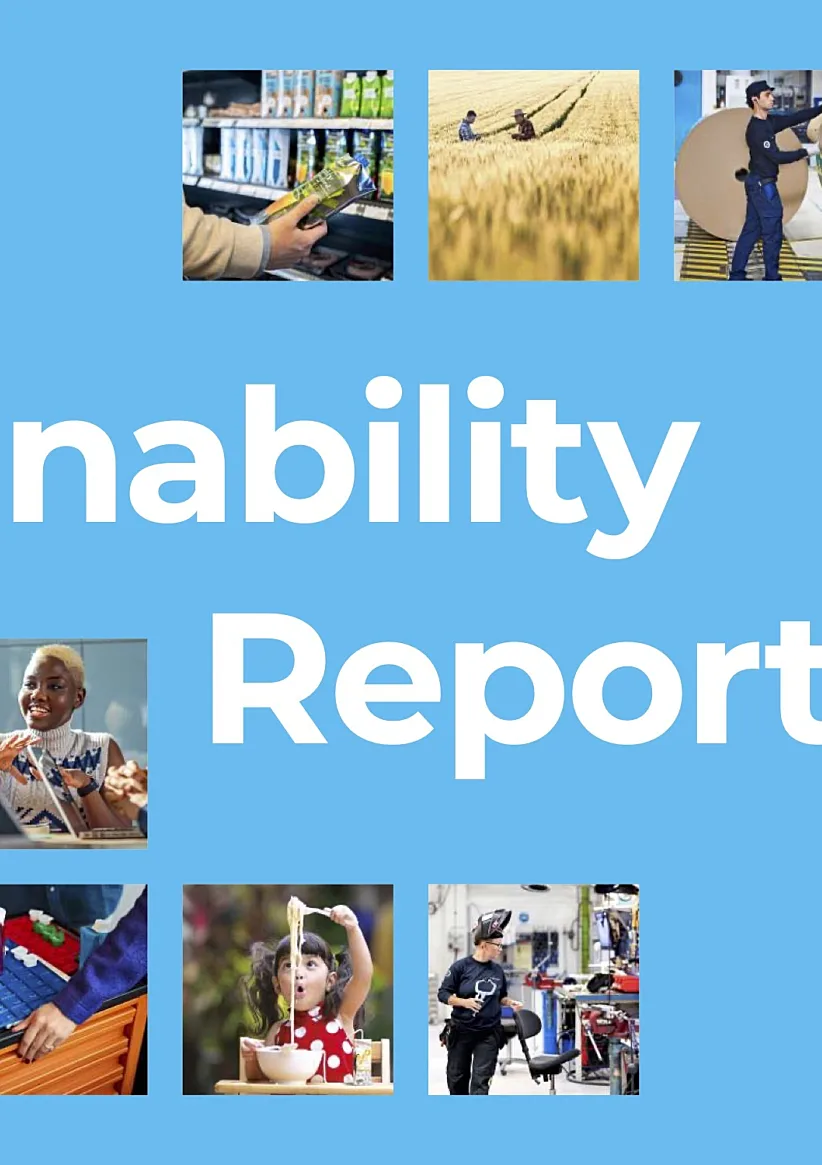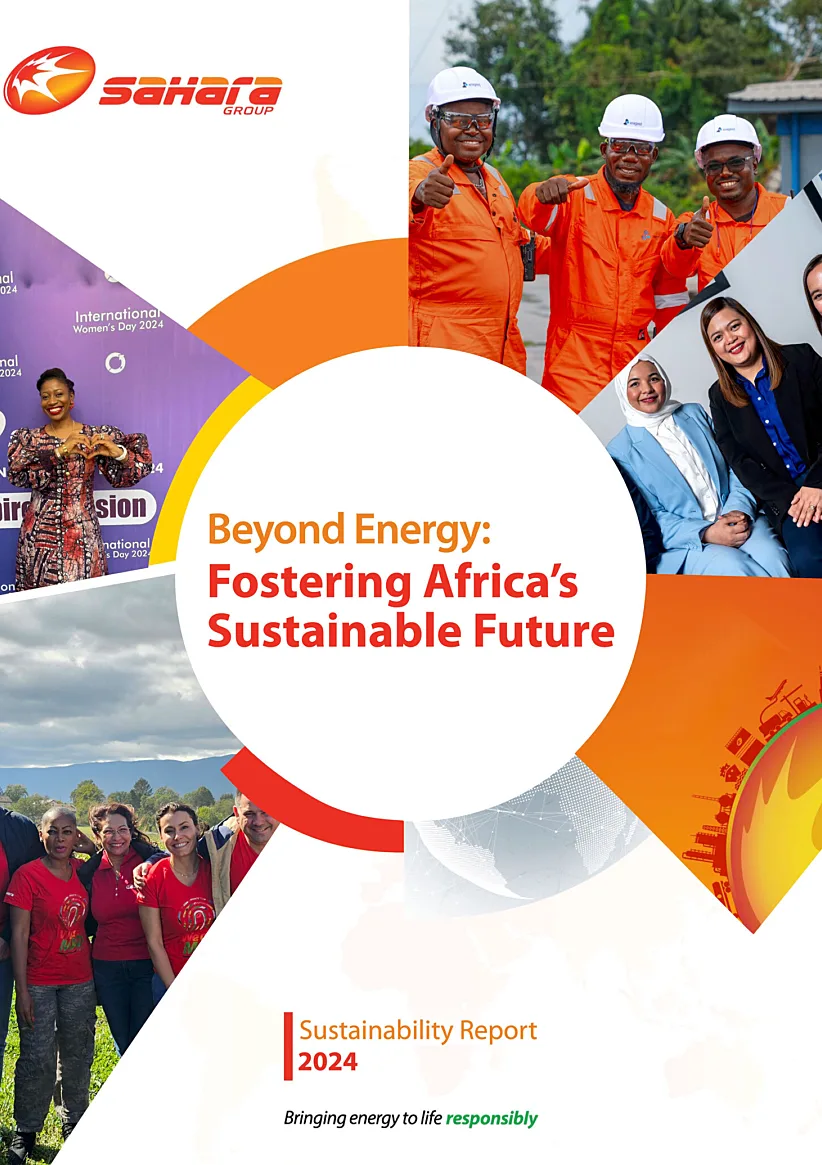Executive Summary
Safaricom PLC’s 2025 report demonstrates an integrated approach to ESG, with sustainability embedded across business operations in Kenya and Ethiopia. The company’s strategy focuses on digital and financial inclusion, green transition, and inclusive socio-economic progress, underpinned by measurable targets and robust governance. Notable progress has been made in material ESG impact areas, with further opportunities identified for enhanced metric harmonization and broader disclosure. Safaricom’s efforts are anchored in the United Nations’ definition of sustainability: “meeting the needs of the present without compromising the ability of future generations to meet their own needs.”
1. SDG Alignment
- Aligned SDGs:
- SDG 3: Good Health and Wellbeing
- SDG 4: Quality Education
- SDG 7: Affordable & Clean Energy
- SDG 8: Decent Work & Economic Growth
- SDG 9: Industry, Innovation & Infrastructure
- SDG 10: Reduced Inequalities
- SDG 12: Responsible Consumption & Production
- SDG 16: Peace, Justice & Strong Institutions
- SDG 17: Partnerships for the Goals
- Integration & Implementation:
- Safaricom embeds SDGs into its business, focusing on health, education, energy, reducing inequalities, digital/financial inclusion, and responsible consumption/production.
- SDG impact is evident across Kenya and Ethiopia, with future plans for deeper regional alignment using digital tools and impact frameworks.
2. ESG Management
- Governance & Oversight:
- ESG matters are managed through Board committees, including Audit; Risk, Environmental, Social, and Governance (ESG); and Nominations committees.
- Frameworks: International Integrated Reporting, IFRS, and compliance with Kenyan regulations.
- Third-party assurance conducted on financial and key non-financial metrics.
- Policies & Commitments:
- ISO 14001 (environment), ISO 45001 (occupational health and safety), ISO 27701 (privacy), and a Code of Conduct with annual training.
3. Initial Areas of Impact
- Key Impact Sectors:
- Digital infrastructure expansion
- Inclusive financial services via M-PESA (35m+ customers)
- Social investments: Health (telemedicine, maternal health), education (digital skills, school connectivity), economic empowerment (youth skills, agri-business)
- Environmental impact: e-waste recycling, tree planting
- Flagship Programmes:
- Daktari Smart Telemedicine, Digital Skills Programme, Uzazi Salama, Hustler Fund, e-wallet fertilizer subsidy.
4. Metrics for Definition
- Core Sustainability Metrics:
- Trees planted: 840,600 (FY2025)
- Waste recycling rate: 98%
- Water consumption: 59,204m^3
- 1.3 million devices distributed for digital inclusion
- 4.9 million lives reached via Foundation initiatives
- 3.6% workforce with disabilities, 45% women in senior leadership
- Energy: 1,432 solar/hybrid-powered sites
- Coverage: 98% 4G in Kenya, 50% in Ethiopia
- Targets & Baselines:
- Net-zero by 2050 (environmental commitment).
5. Areas of Focus
- Future Priorities:
- Accelerate 5G rollout and smart digital platform adoption.
- Deepen SDG-linked impact and metric harmonization across regions.
- Scale circular economy activities and net-zero pathways.
- Expand inclusive digital finance and community investment.
6. Materiality Concepts
- Material Issues:
- Platforms (inclusion/innovation), environmental stewardship (net-zero, resource use), governance/ethics, regulatory resilience, and stakeholder trust.
- Assessment & Alignment:
- Double materiality process involving risk review, stakeholder input, and board oversight ensures strategy covers key ESG risks and opportunities.
7. Sustainability Risk Management Concepts
- Risk Governance:
- Enterprise Risk Management aligns to ISO 31000, overseen by Board-level Risk and ESG Committee.
- “Three lines of defence” system: operational, tactical, strategic.
- Key Risks & Controls:
- Economic, forex, regulatory, competition, cyber/data privacy, supply chain, health & safety.
- Controls include rigorous risk register reviews, board monitoring, and scenario analysis.
8. Sustainability Strategy Concepts and Management
- Strategy Core:
- Four pillars: Protect & Grow the Core, Accelerate Transition to TechCo, Boost & Evolve Ethiopia, Unlock Innovative Delivery Models.
- Mission: Become Africa’s leading purpose-driven technology company by 2030.
- Operationalization:
- Agile, data-driven management; annual board review of ESG performance.
- Continuous metric refinement, stakeholder engagement, and integration of AI/data analytics.
- Commitment to periodic strategy review and adaptation in line with evolving standards and stakeholder needs.
Recommendations for Further Improvement:
- Enhance ESG metric assurance and cross-country harmonization.
- Expand disclosure scope and provide clarity on science-based targets and transition planning.
- Deepen integration of ESG into digital finance and public sector partnerships.





